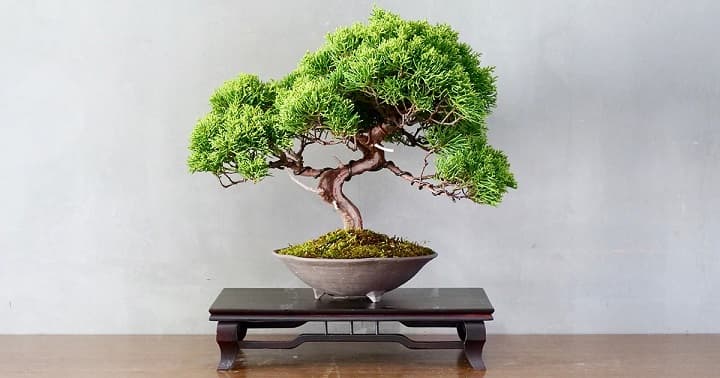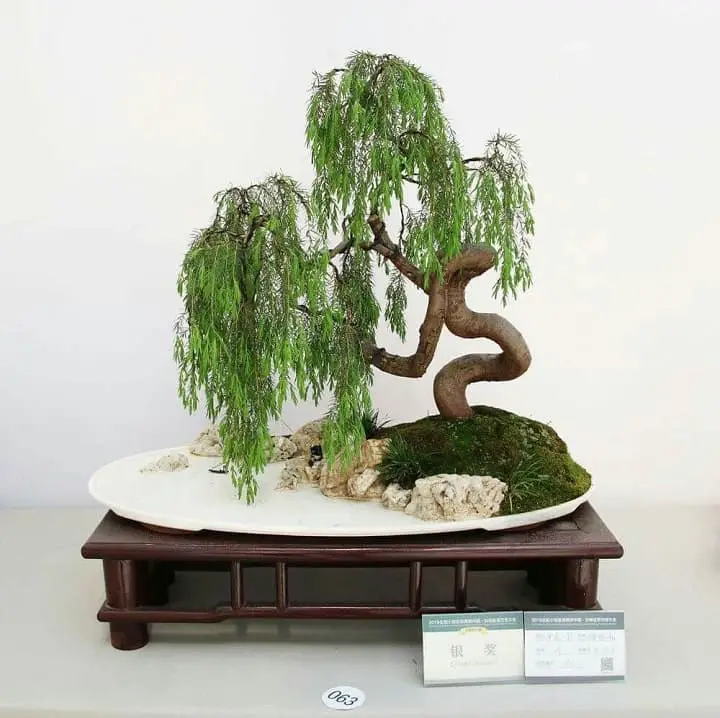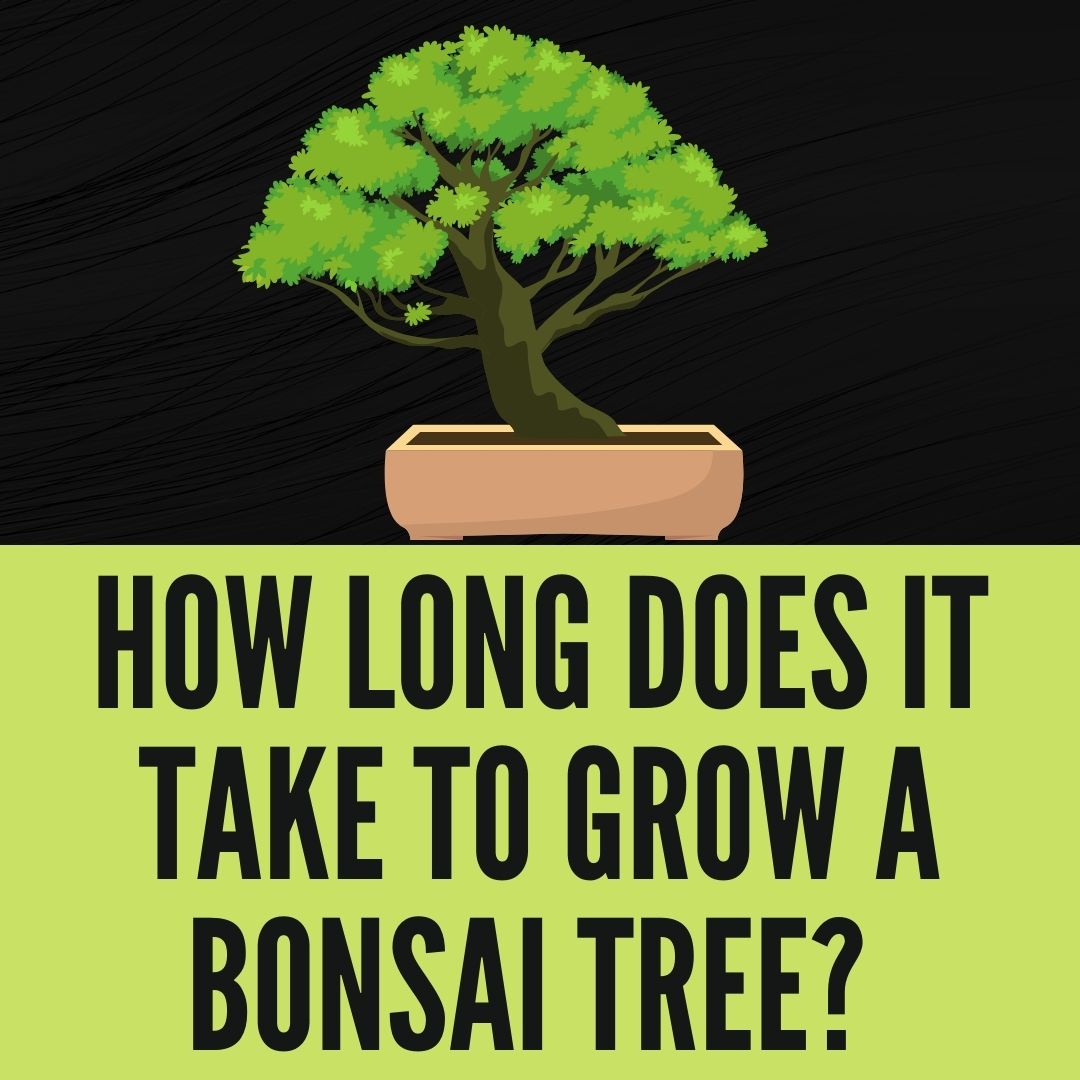It takes a long time for bonsai trees to grow. Bonsai trees are usually kept in pots, so they can be placed on tables or desks and displayed as part of your home decor or office space. When you start growing a bonsai tree, it will take many years before the tree is fully-grown and ready to be displayed proudly in your own special place.
How long does it take to grow a bonsai tree from seed?
It takes about 1 to 3 years for the seed to have a tree 5 inches high. Then it will grow slowly for the next 15-20 years.
The time it takes to grow a bonsai tree depends on several factors. The first is the species of tree that you choose to grow, and how fast that particular species grows. For example, pine trees are faster-growing than oak trees. You also need to consider how much time you spend caring for your tree.
The good news is that bonsai trees are very versatile and can be shaped in many ways, including a cascading style with branches reaching down over the pot or an upright shape like a formal column.
It’s common for people to want to grow one from seed, as it produces healthier plants than those grown by cuttings, which is usually done on mature specimens of other species.

How can I make my bonsai grow faster?
1. Check your bonsai’s soil for the right pH levels
Your bonsai can grow faster if you check the pH level in its soil. A good range to shoot for is between 6.0 and 6.5, with a little bit of wiggle room on either end. This allows your plant to use nutrients more efficiently than it might otherwise, as well as keeping its root system strong and healthy.
If you’re unsure about how to measure your soil’s pH levels (or what they mean), don’t worry – that can be easily researched on the internet or even in gardening books at a local library!
2. Keep your bonsai in a sunny spot
The best place for your bonsai to grow is in a sunny location with plenty of light. The more direct sunlight it gets, the faster it will grow.
3. Water it regularly and don’t over-water it
Keep your bonsai tree watered, but not too much. Watering at the wrong time or with too much water can cause root rot, which will kill your tree.
4. Use fertilizer every two weeks or so to give it nutrients
Every couple of weeks, you should use fertilizer to give your plant nutrients and keep it from getting too big for its pot.
How long does the soil last?
If you’re using potting soil, your plant will require repotting every two years or so because its roots have grown beyond the limits of the container’s depth. It’s also important for you to take care not to overwater your tree, which can lead to root rot and other problems that may ultimately kill it if left untreated. If you notice any wilted leaves or drooping branches on your bonsai one day after watering,
What’s the fastest growing bonsai tree?

The fastest-growing tree is the weeping willow. However, it requires some additional care because its branches droop and can break easily if not supported properly. It’s also important for you to take care not to overwater your tree, which can lead to root rot and other problems that may ultimately kill it if left untreated. If you notice any wilted leaves or drooping branches on your bonsai one day after watering, stop giving water until new growth begins again!
There’s no way to know for sure which tree will grow the fastest. While it depends on many factors, like soil conditions, environment and watering schedule, some species of trees are known for being speedy growers. They include the red maple, the Japanese black pine and the Chinese elm.
Bonsai trees are said to be living artworks that take years of time and effort to grow into their mature shapes. There are a number of factors involved in how long it takes for your tree to reach its desired size:
- The type of bonsai tree you choose (some species will sprout faster than others)
- How much water is available to your plant
- Whether or not there’s enough sunlight reaching it each day – especially with indoor plants; this might require moving your tree around so they’re closer or further from windows as needed (or getting an artificial light source)
- If there’s any pests feeding on your plant
- The temperature of the area where you keep your bonsai tree (some can’t stand cold or heat)
- The type and amount of fertilizer applied to it.
The time required for a bonsai tree to grow varies greatly depending on how well they’re cared for, but overall, small trees should take about two years while large ones could take more than ten. It’s best not to try growing one from seed; instead, purchase an already grown sapling that has been shaped into its desired form. If you know what shape you want before purchasing, then look out for those species which grow quickly -they include the red maple, Japanese black pine, and Chinese elm.
How long does a bonsai take before blooming?
In general, flowering occurs approximately two years after first being planted into soil or an artificial container. However, there are some exceptions to this rule; if you’ve already fertilized your tree once with fertilizer that contains both nitrogen (N) and phosphorus (P), then it should bloom within 12 months since flowers typically indicate that the plant has been fed enough N-P compounds by now.
Is it hard to grow a bonsai tree?
The answer to this question entirely depends on your skills and willingness to do work. If you want a bonsai tree that looks like it has been professionally designed, then the level of difficulty will be higher because you’ll have less room for error. Otherwise, if you’re willing to experiment with different methods of pruning or shaping your plant into its desired form over time, then growing a bonsai is relatively easy as long as there’s enough light.
Conclusion
The key to effective gardening is patience. With time and good gardening skills, any person can grow their own vegetables.
